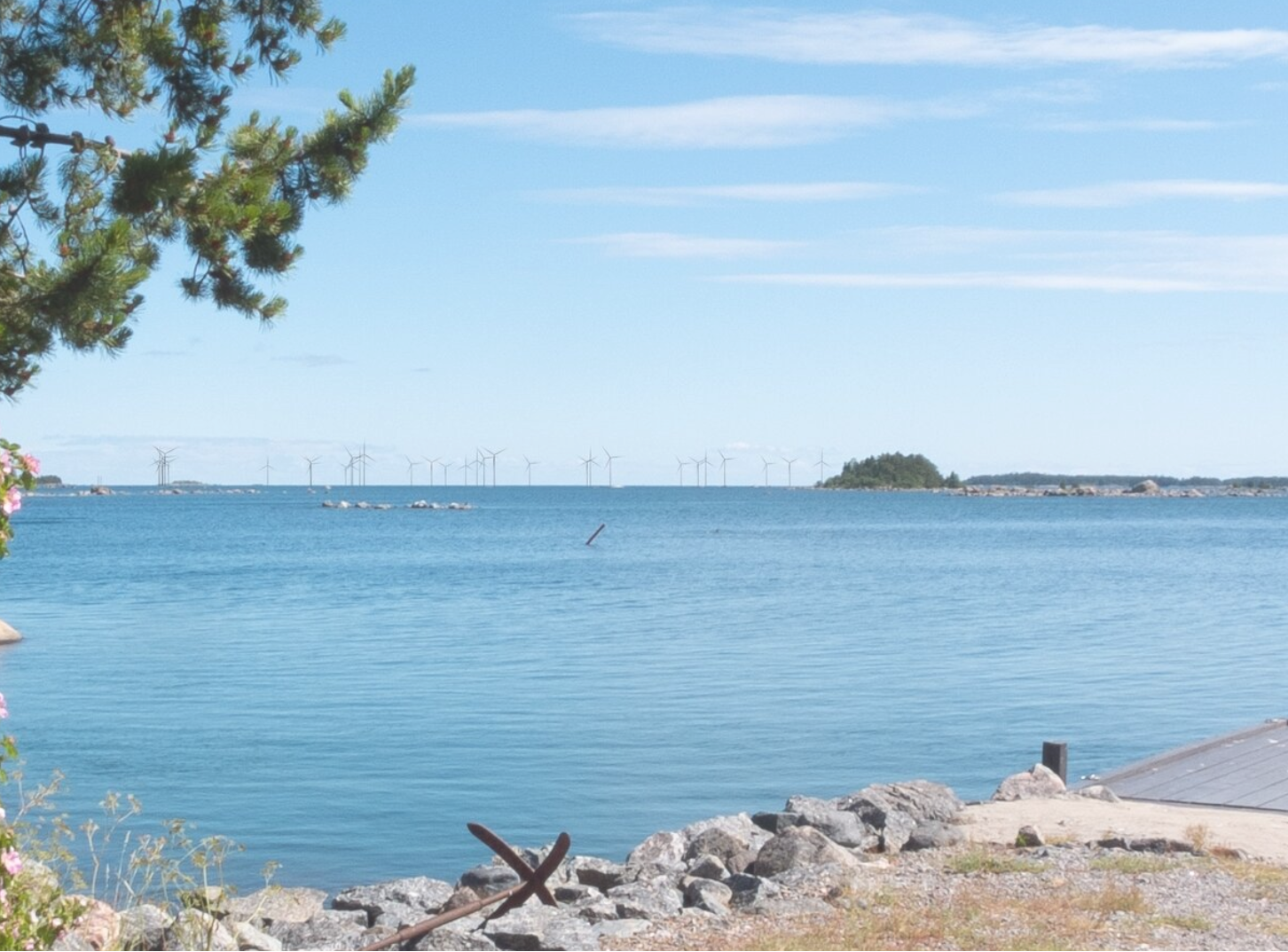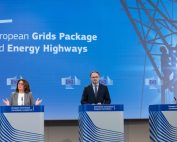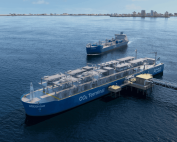The Swedish government has begun work to accelerate the energy transition, including the development of offshore wind power. Incremental generation capacity is crucial in the age of electrification. Industrial regions such as Gävleborg are facing problems with energy deficits. This is where wind energy can help.
Electricity demand in Sweden is expected to double in the next 20-30 years. One of Sweco’s analyses shows a realistic scenario of electricity consumption growth of 310 TWh in Sweden by 2045. The report speaks of Sweden “turned upside down”, referring to the fact that electricity consumption now takes place in southern Sweden while production takes place in the north. However, in the described scenario, several individual large electricity consumers are added, mainly in northern Sweden, such as Boden, Gällivare and Kiruna, as well as in other parts of the country, such as Stenungsund and Gotland.
The electricity balance in the Gävleborg region is already negative, and electricity consumption will increase by 25 percent as early as in 2025. In Gävleborg, the issue of access to electricity is in the spotlight for several reasons. These include increased demand for electricity, as a result of electrification of existing industry and transportation, as well as the creation of energy-intensive businesses. The challenge is grid capacity and lengthy permitting processes for new power infrastructure development. But there are also opportunities in the form of technological development, hydrogen systems, and expansion of electricity generation from RES (wind and solar power).
The electrification needs of industry and transportation as well as the demand of all citizens for low electricity prices can be met through wind power, including offshore wind turbines. The industry has high hopes for offshore wind development. Industrial and energy companies such as Volvo Cars, LKAB, Holmen, and Vattenfall are paying attention to this. Northvolt, H2 Green Steel, and other representatives of the green industrial revolution.
Offshore wind developer Svea Vind Offshore has been preparing the Utposten 2 offshore wind farm in Gävle and the Gretas Klackar 2 wind farm in Söderhamn for more than six years. Work is already so far advanced that the farms could start delivering electricity as early as in 2026 if all permits are obtained quickly. Wind farms could increase electricity supply by 4 TWh per year, equivalent to 75 percent of current electricity consumption in the region. The investor points out in a release that myths about offshore wind power threaten its development. Myths include that offshore wind development threatens fisheries, or that energy will mostly be exported. The truth is that due to demand, energy will be consumed locally due to deficits.
The need for such facilities is also emphasized by the regional network “Arena Elkraft Gävleborg”, which includes the Mellansvenska Chamber of Commerce, University of Gävle, and Region Gävleborg. On their behalf, Sweco Energy recently presented a report showing that Gävleborg’s energy balance over the past six years has been decidedly negative. This deficit threatens to grow with the increase in electricity consumption, which is expected to increase by 25 percent already by 2025 and by 50-65 percent by 2030. Energy deficits can be filled by offshore wind power.
It is also estimated (Sweco) that the investment needs for the power grid at all levels will amount to 668 billion by 2045, and the huge share of investments and investments in the expansion of power grid infrastructure will have to be made in the next 10-12 years.
Source: Svea Offshore Wind, regiongavleborg.se, Sweco















